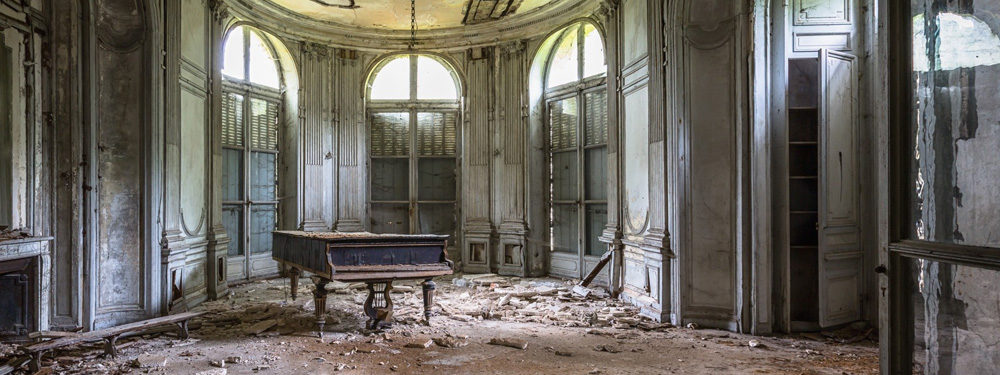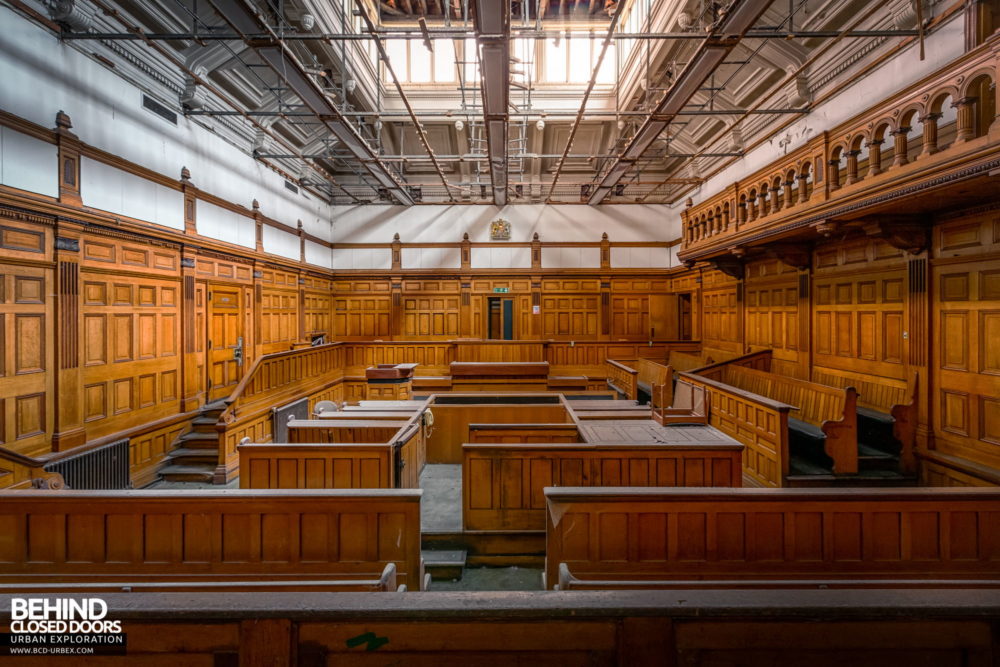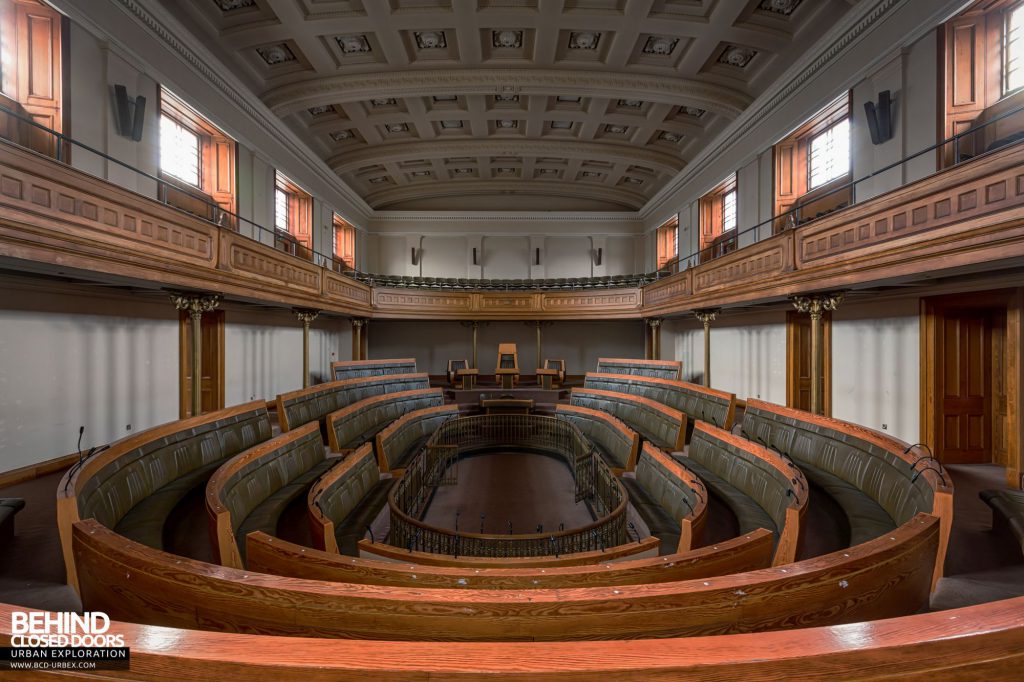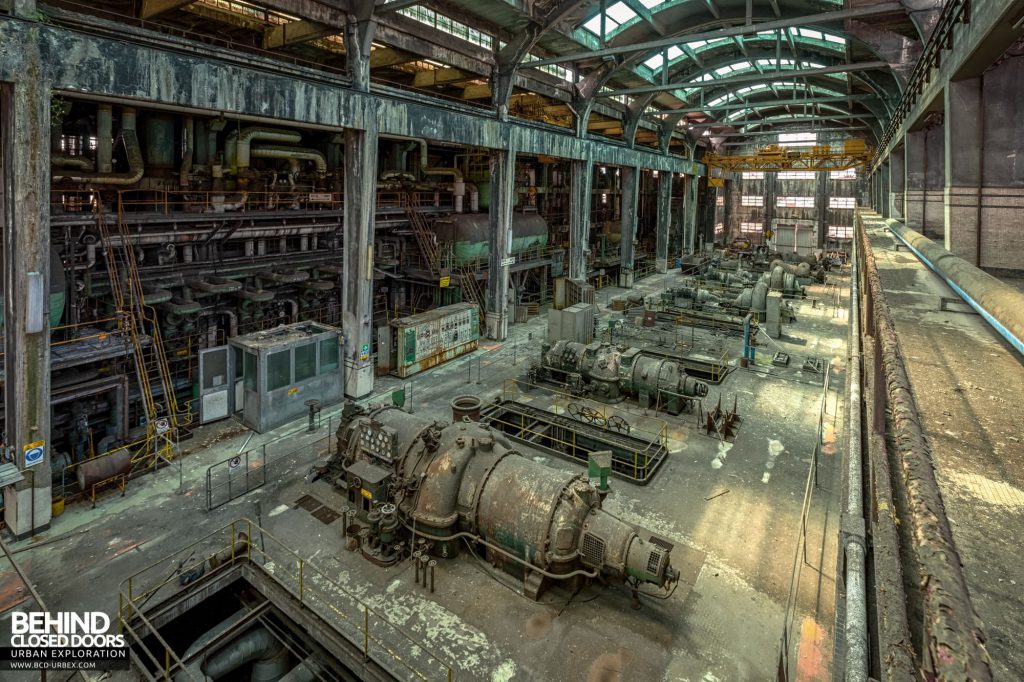
One of the most common questions I see on urban exploring forums is, how do you find abandoned buildings? Finding disused buildings is the staring point for any urban explorer, and really is the key to success in this hobby. Good research before your trip is the best way to enhance your chances of success while out in the field. Finding abandoned places that have never been explored before is rewarding, and you can only achieve that through only your own research. So how do you go about doing that? Let’s discuss a few of the common techniques….
Look!
As obvious as it sounds, just looking around while you are out and about can actually be one of the most effective ways to find abandoned buildings that haven’t yet been discovered by other urban explorers. Abandoned buildings are all around us, and often go unnoticed, so while you are driving to work, getting the bus to the shops, or heading out of town, just keep your eyes peeled and the chances are you’ll spot an abandoned building. You know your hometown better than anyone else, so have a think about what’s local and go see what you can spot.

We spotted the abandoned Guildhall whilst driving past
Listen!
A fair chunk of my leads come from the most unexpected places when I’m not even trying to find an abandoned building. This is often by something being mentioned, maybe on TV, something a friend happens to say, or even something overheard in a restaurant or at the pub! Make sure you make a mental note to follow up whatever you hear; sometimes they can be good leads.
News Articles
Keep an eye on your local newspaper, or even the national press. Closure of businesses often leads to abandonment of buildings, and is routinely covered by newspapers. You can search for business closures for a specific type of business if you have a particular type of building in mind.

We found this disused debating chamber by reading news articles
Get to grips with Google
Google… The urban explorers favourite! I’m not going to teach you how to use search engines, but you’ll be surprised about the wealth of information available at you finger tips if you know what to search for. But you found this article, so you probably already know that.
Reccy using Google Maps
Google Maps can be the first step in your research, but the chances are you’re not going to stumble upon an abandoned building without having some kind of idea that it’s there in the first place. It’s much more likely that Google Maps will be your second step, after finding out about a building elsewhere, and this is where maps can really excel. It’s not always particularly up to date, but you can see the location of the building and layout of the grounds on satellite view, and in most cases use Street View to view the outside – such a handy tool for a reccy before you even leave your home!
Other sources
There are literally hundreds of sources of information, so get creative and think about where that info might be stored – archives at your local library, land registry, anywhere there are records there will be handy information.
Just by having a look around any of the above, you can find buildings to go and check out. Of course you can tour around some of the “urbex hotspots” if that’s your bag, but with just a little research of your own you’ll be able to find previously unseen abandoned buildings yourself, which is much more rewarding in the long run.

A decayed power station we spotted on Google Maps


